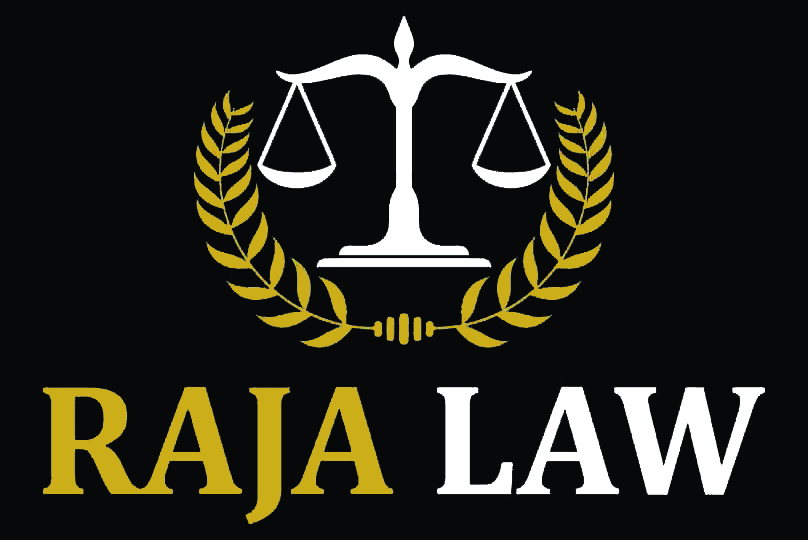
07 May What are the Best Interests of the Child?
Most of us do not know that the principle of best interests of the child is derived from the Article 3 of the UN Convection of the Rights of the Child. What does Article 3 say about the best interest of the child?
It states, “in all actions concerning children, whether undertaken by public or private social welfare institutions, courts of law, administrative authorities or legislative bodies, the best interests of the child shall be a primary consideration”.
Best interest of the child is defined as follows in section 16 of the Divorce Act:
Factors
(8) In making an order under this section, the court shall take into consideration only the best interests of the child of the marriage as determined by reference to the condition, means, needs and other circumstances of the child.
Maximum contact
(10) In making an order under this section, the court shall give effect to the principle that a child of the marriage should have as much contact with each spouse as is consistent with the best interests of the child and, for that purpose, shall take into consideration the willingness of the person for whom custody is sought to facilitate such contact.
Section 18 of the Family Law Act defines the Best Interests of the child as follows:
18(1) In all proceedings under this Part except proceedings under section 20, the court shall take into consideration only the best interests of the child.
(2) In determining what is in the best interests of a child, the court shall
(a) ensure the greatest possible protection of the child’s physical, psychological and emotional safety, and
(b) consider all the child’s needs and circumstances, including
(i) the child’s physical, psychological and emotional needs, including the child’s need for stability, taking into consideration the child’s age and stage of development,
(ii) the history of care for the child,
(iii) the child’s cultural, linguistic, religious and spiritual upbringing and heritage,
(iv) the child’s views and preferences, to the extent that it is appropriate to ascertain them,
(v) any plans proposed for the child’s care and upbringing,
(vi) any family violence, including its impact on
(A) the safety of the child and other family and household members,
(B) the child’s general well-being,
(C) the ability of the person who engaged in the family violence to care for and meet the needs of the child, and
(D) the appropriateness of making an order that would require the guardians to co-operate on issues affecting the child,
(vii) the nature, strength and stability of the relationship
(A) between the child and each person residing in the child’s household and any other significant person in the child’s life, and
(B) between the child and each person in respect of whom an order under this Part would apply,
(viii) the ability and willingness of each person in respect of whom an order under this Part would apply
(A) to care for and meet the needs of the child, and
(B) to communicate and co-operate on issues affecting the child,
(ix) taking into consideration the views of the child’s current guardians, the benefit to the child of developing and maintaining meaningful relationships with each guardian or proposed guardian,
(x) the ability and willingness of each guardian or proposed guardian to exercise the powers, responsibilities and entitlements of guardianship, and
(xi) any civil or criminal proceedings that are relevant to the safety or well-being of the child.
(3) In this section, “family violence” includes behaviour by a family or household member causing or attempting to cause physical harm to the child or another family or household member, including forced confinement or sexual abuse, or causing the child or another family or household member to reasonably fear for his or her safety or that of another person, but does not include
(a) the use of force against a child as a means of correction by a guardian or person who has the care and control of the child if the force does not exceed what is reasonable under the circumstances, or
(b) acts of self-protection or protection of another person.
(4) For the purpose of subsection (2)(b)(vi), the presence of family violence is to be established on a balance of probabilities.

No Comments